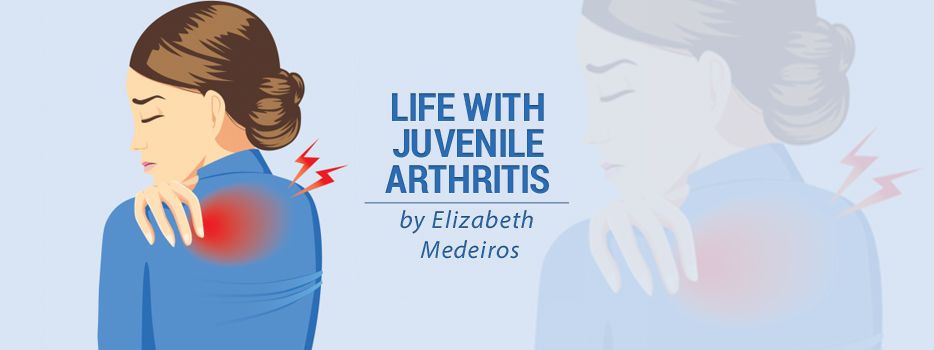Sometimes when I sit down to write my columns, I’m at a loss for words. It’s not because I’m out of ideas, but because I’m overwhelmed by the number of topics I could write about. While juvenile arthritis may seem straightforward, a Google search can send you down a rabbit hole of dozens of different diseases, treatments, and symptoms united by this one term!
I’m always amazed by how JA can affect a child’s health in totally unexpected ways. But it’s not a surprise when you consider that “juvenile arthritis” is an umbrella term used to describe certain types of inflammatory diseases that occur in childhood.
A few examples include fibromyalgia, myositis, juvenile scleroderma, vasculitis, juvenile lupus, and juvenile idiopathic arthritis, the most common form of JA. And even then, there are six subtypes of juvenile idiopathic arthritis.
It’s not just about joints.
All of these forms of JA affect kids and teens in unique ways. When we hear “arthritis,” we often immediately think about joint pain. But because JA is an inflammatory disease caused by dysfunction in the immune system, many other body parts may be affected.
For example, the skin can be affected with psoriasis due to psoriatic arthritis, patches of hard skin due to scleroderma, malar rashes due to lupus, or other rashes due to juvenile systemic arthritis. Kids with some JA types may be at risk for uveitis, which is inflammation in the eye. Others may need their lungs and organs monitored.
Different severities
Juvenile arthritis can be unpredictable. For some, it can be relatively mild. Others may deal with severe issues consistently. But many find that their disease ebbs and flows, with periods of remission and flare-ups. Some kids may grow out of their JA, but it’s not a guarantee, and many will go on to deal with their diseases as adults.
Some of my friends have had surgeries to correct damage caused by JA as adults, and they still deal with JA. But I also know people who had JA severely as kids and then recovered with no ill effects. My flares have gotten a little worse in adulthood, but my arthritis is about the same as when I was younger.
One size does not fit all.
It can be hard to advise caregivers because two kids diagnosed with the same JA type will have different experiences. One size will never fit all, and I always try to mention that whenever I give any tips or advice.
Overall, I always encourage families to look at their situations, make choices based on what’s best for their family, and take it one day at a time. Being adaptive is key, and what works today may not work next year, next month, or even tomorrow.
***
Note: Juvenile Arthritis News is strictly a news and information website about the disease. It does not provide medical advice, diagnosis, or treatment. This content is not intended to be a substitute for professional medical advice, diagnosis, or treatment. Always seek the advice of your physician or other qualified health provider with any questions you may have regarding a medical condition. Never disregard professional medical advice or delay in seeking it because of something you have read on this website. The opinions expressed in this column are not those of Juvenile Arthritis News, or its parent company, BioNews, and are intended to spark discussion about issues pertaining to juvenile arthritis.

